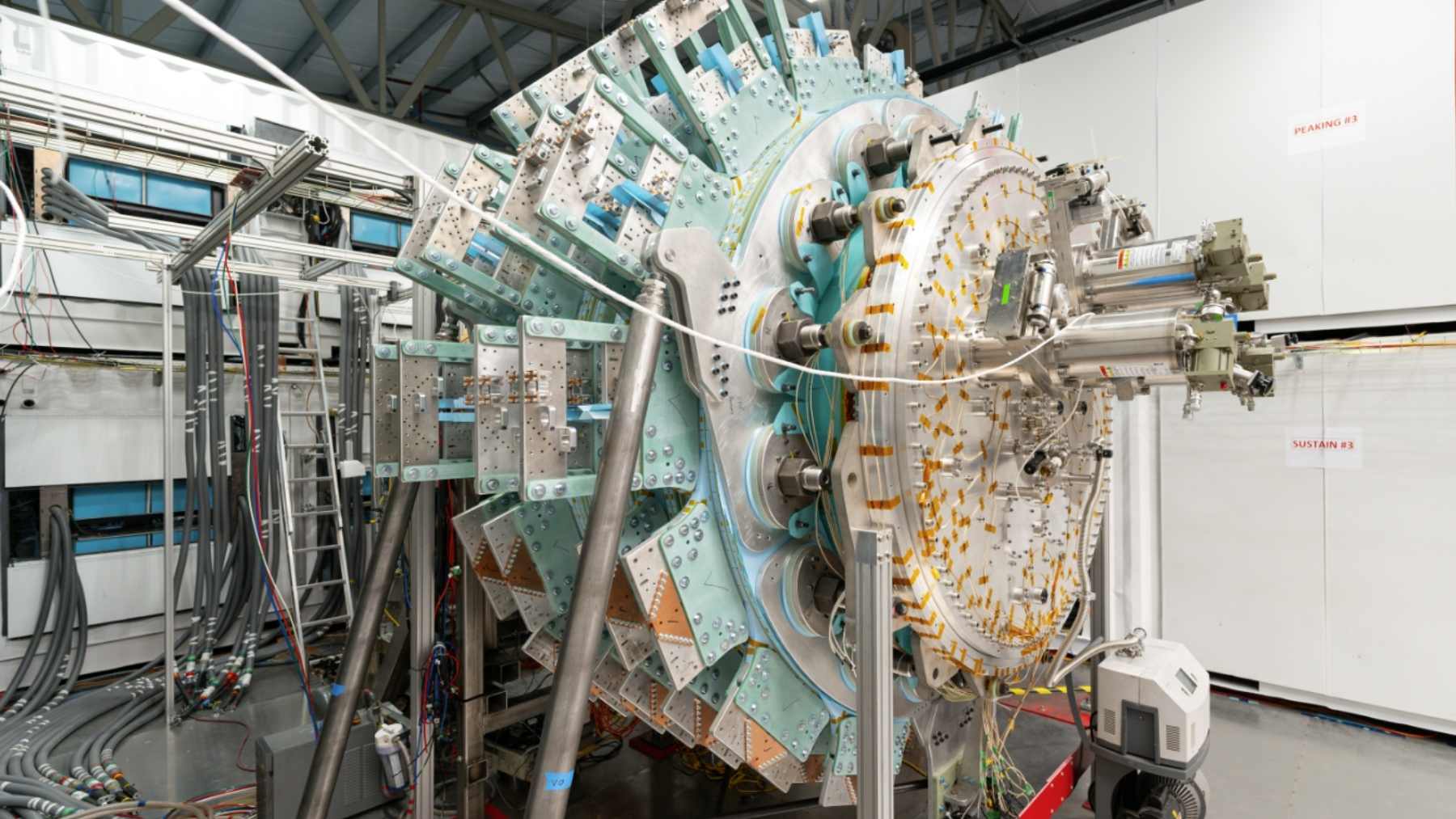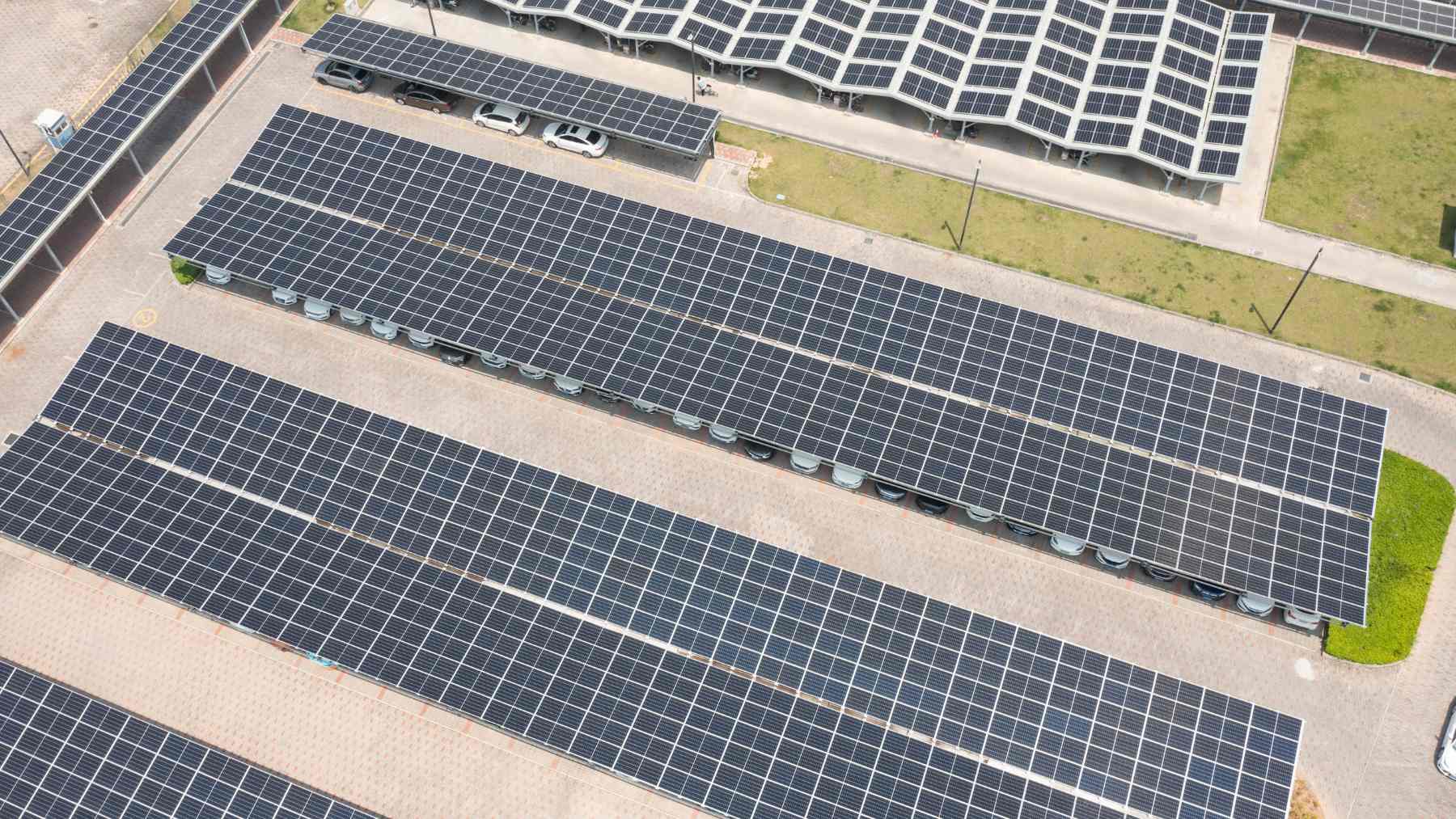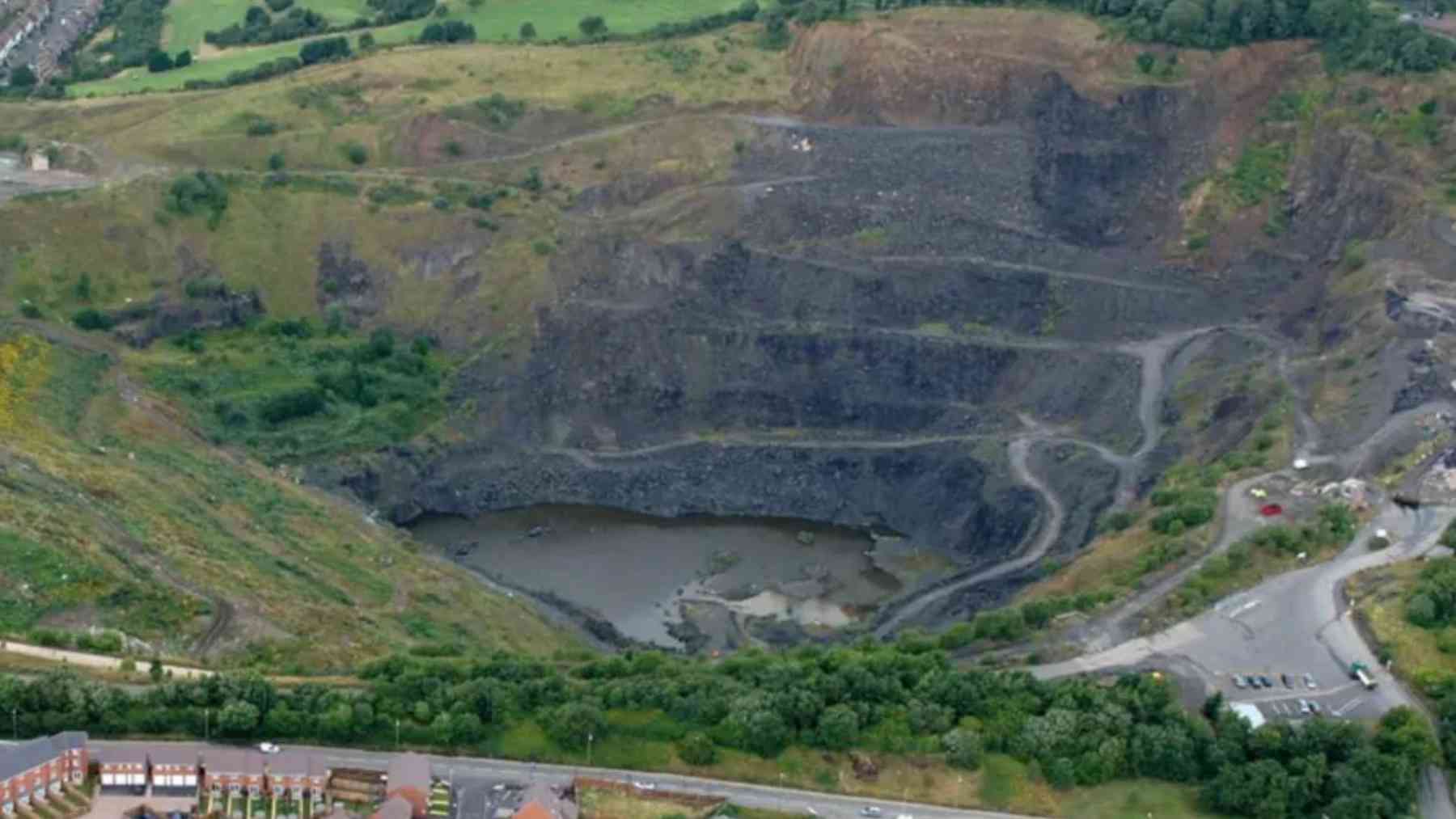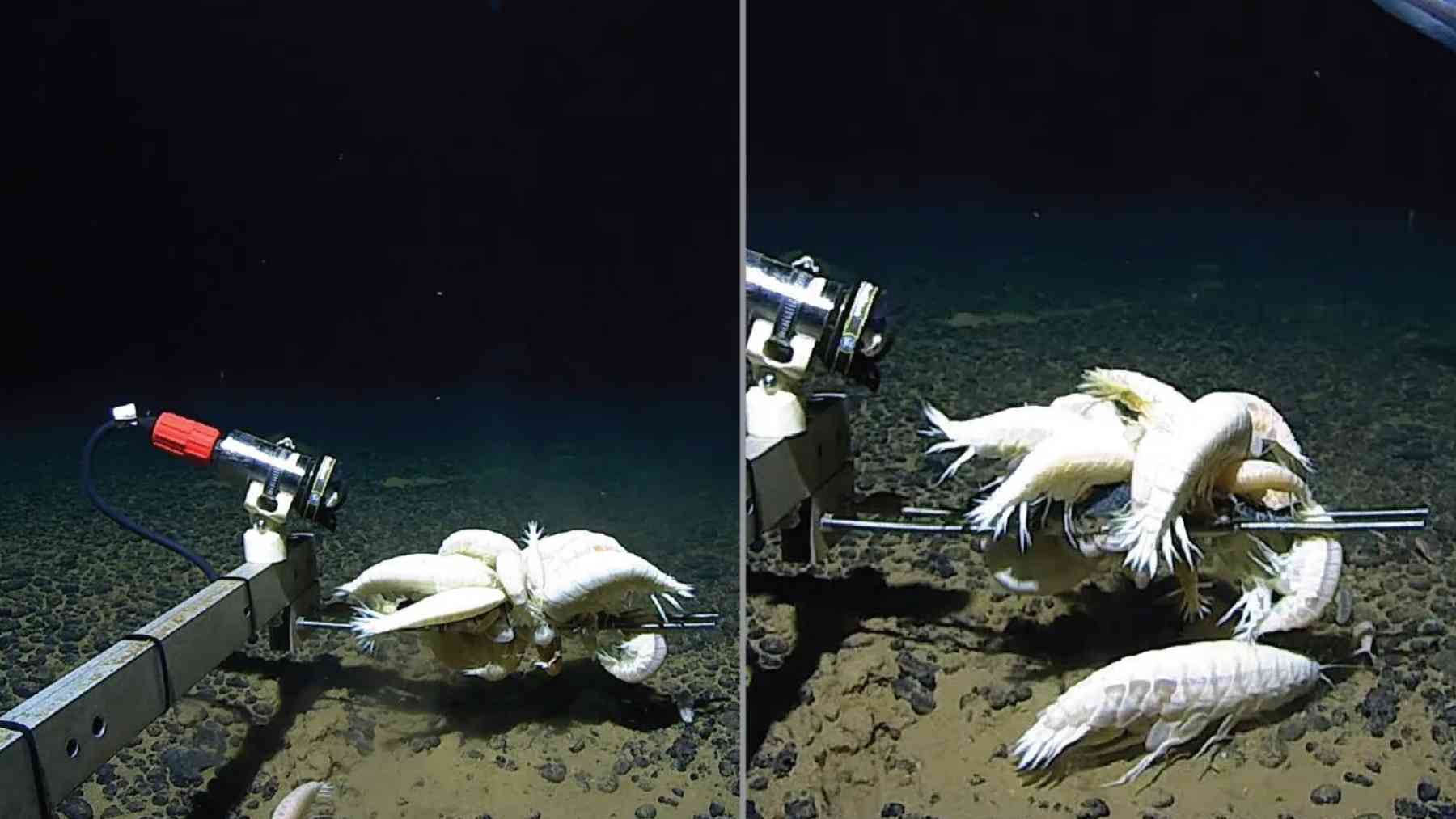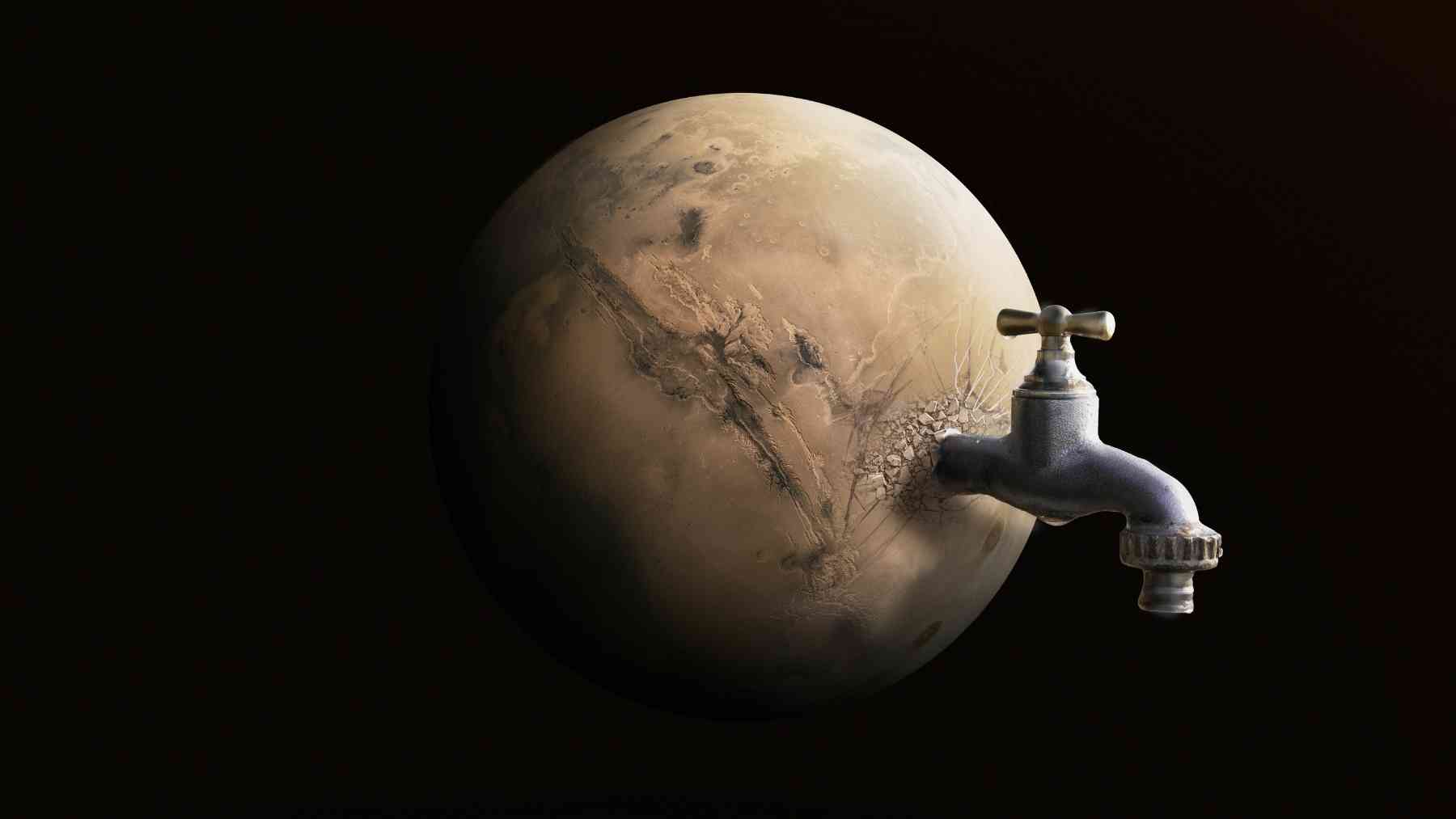We’ve been talking about how sunlight could be the key to a cleaner future for quite some time now. So much so that photovoltaic panels have been popping up on urban rooftops and in remote deserts, while governments and companies have been banking on the promise of solar energy as one of the most viable solutions to the climate crisis. But what if there were another way to use the sun to save the planet… we’re talking about a way that doesn’t involve collecting its light, but partially blocking it.
A new non-photovoltaic invention
Of course, it may seem contradictory when you hear it like this. After all, why would anyone try to reduce solar radiation if we are trying to make the most of it? Well, the answer lies in a controversial and, at the same time, fascinating idea: using the Sun’s own shadow to balance the Earth. In technical terms, the name of this proposal is atmospheric sun shading. This technology is nothing more than a solar geoengineering technique that aims to reflect part of the sunlight before it reaches the Earth’s surface, helping to cool the planet and mitigate the effects of global warming.
Okay, but does this work in practice? The most studied idea so far involves injecting sulfur dioxide particles into the stratosphere. Basically, we would be simulating the effect of large volcanic eruptions which reduced global temperatures for about two years. And then, these particles would form a thin layer that reflects part of the solar radiation back into space, creating a kind of planetary sunshade. In theory, this could reduce global average temperatures in the short term, offering a breathing space while other structural solutions evolve.
Is atmospheric sun shading worth it?
In order to better understand whether this new non-photovoltaic technology is worth it or not, we have separated the advantages and risks involved in this project. Let’s take a look at them.
The potential benefits of sun shading:
- Rapid reduction in global temperatures.
- Reduced frequency of extreme weather events.
- Stabilization of ecosystems and crops.
- And even possible slowdown in the melting of polar ice caps.
Even with all these benefits, there are still some very complex risks:
- Changes in rainfall and storm patterns.
- Ocean acidification is not resolved.
- Difficulty in predicting regional impacts.
- Side effects on solar energy itself.
In fact, a NOAA study showed that, after the Pinatubo eruption, the largest concentrating solar plants in California (like this one that looks like a UFO-like object) suffered a drop of up to 20% in energy generation, even though there was only a 3% reduction in total solar radiation. This happens because these plants need intense direct light, and stratospheric particles increase diffuse light, which cannot be used in these systems. In other words, blocking part of the Sun to save the planet could end up sabotaging one of our biggest energy bets…
Maybe we need more than the sun
Well, if the solution to our climate crisis really does come from the sun, it won’t be unique, much less simple. After all, both sun shading and solar photovoltaics have important roles to play, but they need to coexist carefully. That’s where experts step in to warn: atmospheric shading should not be treated as a stand-alone or permanent solution. It can be, at most, an emergency resource, used with global governance, ongoing research, and rigorous ethical measures.
We need to keep in mind that a sustainable future will not be built by a single technology. Quite the contrary, we need an ecosystem of integrated solutions. In other words: energy transition, reforestation, circular economy, regenerative agriculture and clean technologies. In fact, an example of clean technology is the first green solar cell in history that creates a completely new type of energy.

